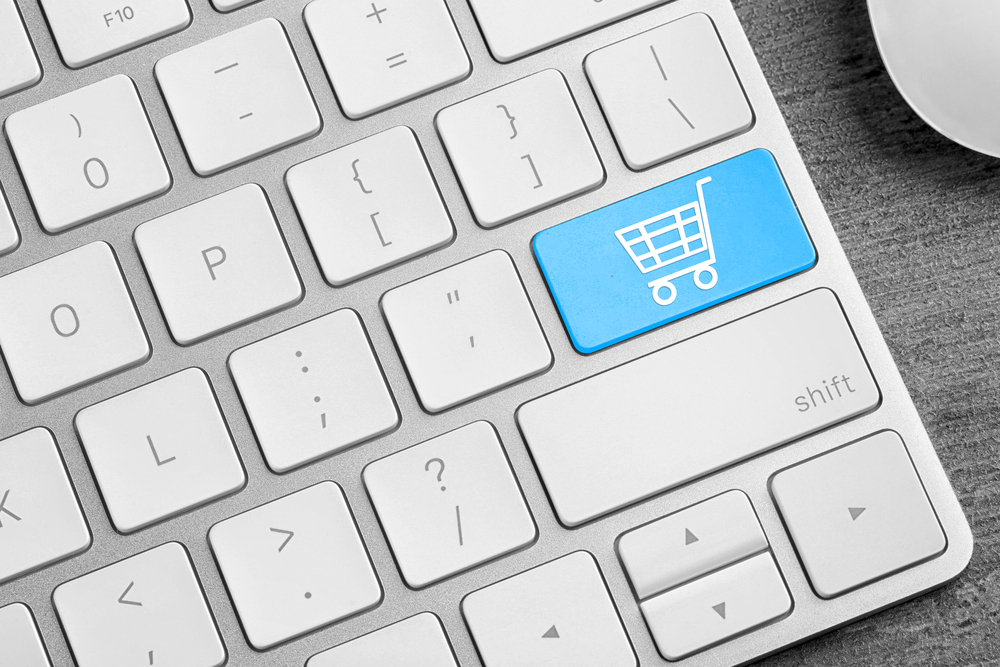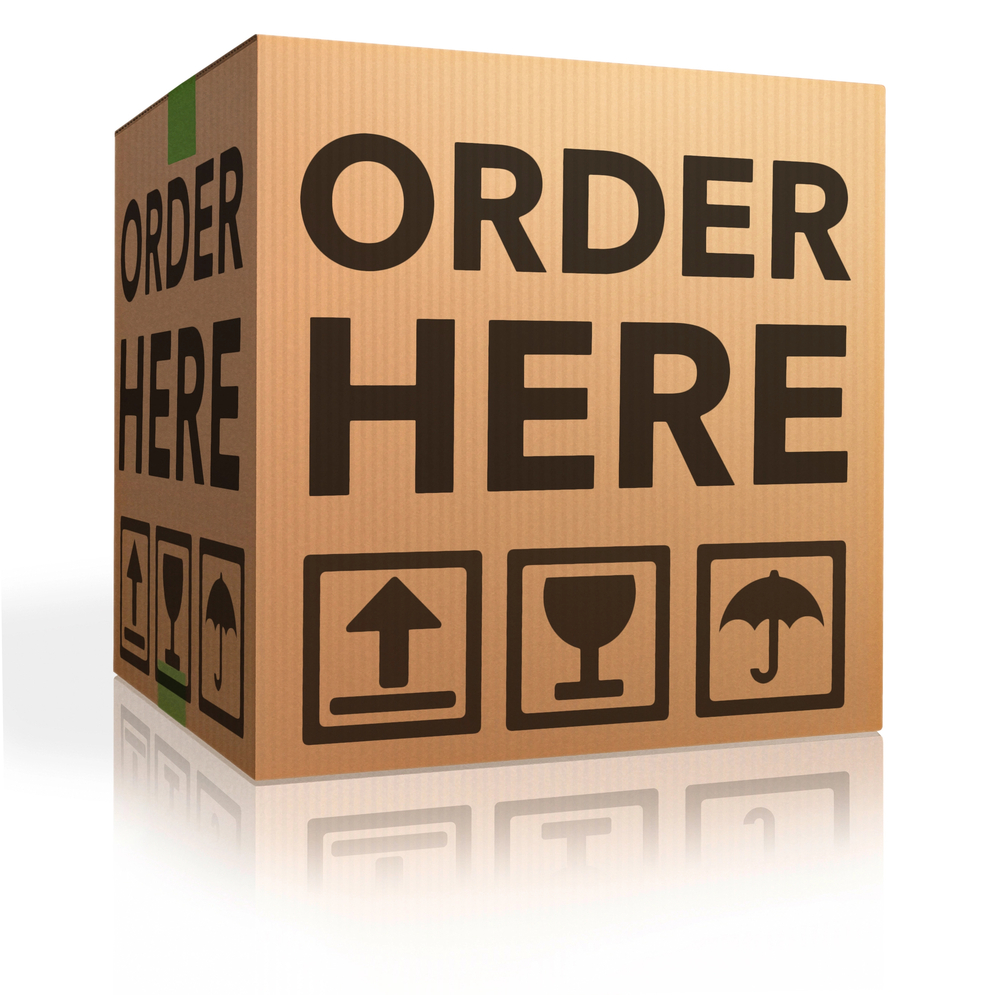If you’re launching a new product, a pre-order strategy is a highly beneficial component to incorporate into your plan. Pre-orders can help you generate buzz and build momentum before your launch, gauge the market demand for your product, and most importantly, lockdown early sales to fund production or future marketing campaigns.

If you’re launching a new product, a pre-order strategy is a highly beneficial component to incorporate into your plan. Pre-orders can help you generate buzz and build momentum before your launch, gage the market demand for your product and, most importantly, lock down early sales to fund production or future marketing campaigns.

Despite this, pre-orders are one of the most overlooked strategy for SMBs, which means lost marketing opportunities, and lost revenue. Pre-orders aren’t only effective for multinational businesses with billion dollar marketing budgets – having a pre-order strategy can also be highly beneficial for SMBs, with companies like Kickstarter proving that pre-orders can significantly help new businesses, especially in their product infancy stage.
From media buzz to creating limited edition seasonal offers, there are plenty of ways to utilise a pre-order strategy to maximise sales for your product. Here, we share six tips to effectively launch and get the most out of your pre-order campaign.
What is a pre-order?
A pre-order is when you list an item on your website or in your store that hasn’t been manufactured yet, or that isn’t on sale yet, but will be launched at a certain date or time. By allowing pre-orders on a product, customers can pay a deposit or pay the full amount for the product in order to reserve it before it’s available, so they know it won’t sell out and also will receive the product as soon as it launches.
An effective pre-order strategy works by creating a sense of excitement and exclusivity for customers about a product.
When should businesses use pre-orders?
While pre-orders are an effective tool in an SMBs arsenal, they should not be used for every minor product launch or update, and the last thing you want as a small business is a pre-order flop. As a brand, you want to build hype and give customers a sense of excitement and urgency to order your product, which then can build momentum and increase demand.
Because of the time and effort required to create and execute a strong pre-order strategy, pre-orders are best used for major company events or product launches, such as:
- SMBs who are just launching a new business into the market
- A new flagship product in your range
- Limited edition or special items, like a limited edition Christmas product
- If you’re launching a big promotion or discounts on an existing product.
How to build a good pre-order strategy

Pre-order strategies need to be well-considered, well thought out, and well executed to have the best chance at success. A good pre-order strategy should be planned in advance, from the product itself to the marketing campaign for pre-launch, launch, and post-launch, and the order and inventory management that follows to fulfil pre-orders.
To ensure your pre-order strategy has the best chances of success, here are 6 things to consider:
1. Dedicate your team to the effort
As a founder or business owner, you have already dedicated yourself and your team to your business, and launching a pre-order strategy is no different. A pre-order campaign works because companies put the energy, effort, and budget into making it a success.
Make sure that everyone in your team is committed to the effort, from marketing to IT and customer service. Create flyers to post around the office, have a quick catch-up on the status of pre-orders during weekly meetings, and involve the team in planning and execution – success is, after all, a team effort.
2. Build a pre-order plan and timeline based on pre-order lifecycles
The most important part of a product launch isn’t the day before launch, or launch day. In fact, what a company does in the weeks and months prior to a product launch matter far more to the success of a launch than the actual launch day itself.
Because of this, it’s important to work on a strong plan and coordinated timeline that kicks off well before your actual launch date, and is focused on generating as much awareness and excitement as possible to secure pre-orders.
Insights from ScaleFast revealed that 28% of all pre-orders for a product are placed the first day of pre-order availability, which is usually set between 4-6 months prior to the actual release. Following the pre-order launch day, ScaleFast identified a ‘dead zone’ over the next 7-10 days where there is a lull in customer activity as the initial buzz dies down.
Over the next months there are spikes in pre-orders as a result of marketing and PR activity, then another ‘dead zone’ in the 7-10 days before the main product launch where loyal fans have already made their pre-orders, and other prospective customers are waiting until the official product launch.
Based on this life cycle, you can already start to plan your pre-launch campaign calendar with the following considerations:
- When will you announce that pre-orders are available? The best rule of thumb is 4-6 months ahead of your actual product launch, but it’s important to consider what makes sense for your business, including when you will have a prototype ready and when you have the budget or resources to commit to an effective launch.
- How will you reach the maximum number of customers possible and build buzz before you officially start taking pre-orders, in order to maximise the number of pre-orders during this critical period? This could involve doing a teaser and press release on your new product, or emailing your customer database to give them the exclusive opportunity to pre-order.
- What marketing and PR campaigns will you use to animate the pre-order spikes in the months leading up to the campaign? Will this involve, for example, monthly influence campaigns where you send your product to influencers to test it out? Will you release sneak previews every week, or will you do email marketing blasts to partner email databases?
- How can you leverage the ‘dead zones’? As you know this will be a quiet time for pre-orders, what activity can you do in order to prepare for the next spike, or for the product launch? This is a great time to focus on creating more content to generate hype for your product and rank for SEO, or start reaching out to bloggers to do previews of your product.
3. Create value and scarcity
Customers need a reason to pre-order rather than buying your product at launch, and a key way to do this is to give them added value to thank them for ordering in advance. Through giving customers discounts on future purchases, or adding a little gift with their purchase, you are rewarding them for their support in pre-ordering your product. You can also consider bundling your new product with existing products to increase revenue from your pre-orders.
Another great way to drive demand and urgency is to create scarcity by appealing a customer’s fear of missing out. Limit the amount of products available for pre-order, or the period of time for pre-order, in order to have maximum impact – for example, the first 100 pre-orders will receive a special gift, while the next 200 pre-orders will get an additional discount off their future purchase. In doing so, you’re incentivising customers to buy now rather than wait until later.
4. Build a marketing campaign to drive awareness
It’s no use launching pre-orders for a product if nobody knows about it, which is why a strong marketing campaign is integral to your pre-order strategy.
Work on a marketing strategy that encompasses:
- Advertising: while SMBs typically think of advertising as expensive, it doesn’t have to be. Digital advertising can be a great way to increase the amount of awareness on your product before it launches, and platforms like Google Ads, YouTube, Facebook and Instagram have sophisticated targeting settings so you can reach your target audience demographics. Many businesses have used social media advertising to their advantage for pre-order campaigns: for example, 3D printing company Glowforge used Facebook and Google ads to help raise $28 million in pre-orders in just one month.
- Customer Relationship Management (CRM): one of the best avenues to launch pre-orders for your product is to market it to your existing database. Schedule an email blast to your customers to let them know that pre-orders are officially open, then follow this up with regular emails previewing your product or reminding them to pre-order before the launch date.
- Partnerships and Public Relations (PR): how will you launch your product to the media and to your customers? Press releases and influencer marketing can help you to get the word out there and reach your customers, as well as generate buzz around your new release. Send a press release to relevant media publications when you launch your pre-order campaign and focus on getting as much exposure as you can for your product on other brands’ channels through co-branded posts, email newsletters, and more.
- Content marketing: after launching pre-orders, many SMBs face the challenge of how to continually generate buzz and excitement for an upcoming product. This is where content comes in. Build an always-on content calendar with sneak previews of your product, interviews with the product creator or existing influencers who have tested it – all with a call-to-action to pre-order your product. All of this helps to build momentum for your upcoming product launch, while also giving customers more tangible content to get them excited and reassure them on their purchase.
5. Generate buzz and excitement through social media and digital influencers.
It’s no use launching pre-orders for a product if nobody knows about it, which is why a strong marketing campaign is integral to your pre-order strategy.
Word of mouth marketing is incredibly powerful, with Hubspot revealing that 71% of customers are more likely to purchase based on social media referrals. Companies that leverage word of mouth marketing during a pre-order campaign can significantly increase the effectiveness of their strategy. Social proof is about validation: the more people who are talking about your product or pre-ordering it, the more people will become interested – and so on.
Send your product to key digital influencers to test and promote during your launch period, incentivise existing pre-order customers to share on social media for a chance to win a prize, and share quotes from customers on your own channels around how excited they are to pre-order.
6. Prepare yourself for a surge in orders and traffic.
If you’re executed a successful pre-order campaign, chances are you will have an overwhelming number of orders and interest come launch day. One of the most common mistakes businesses make in building their pre-order strategy is not preparing for success: the website goes down because of a spike in traffic, or there isn’t enough inventory to keep up with the demand.
In order to ensure this doesn’t happen, check the bandwidth of your website to ensure it can handle a spike in visitors, and implement a launch team to assist with any customer enquiries or orders (whether on social media, via email, or over the phone). Plug your inventory and your existing pre-orders into QuickBooks Commerce using the backorder function, and use this to manage orders and stock availability in real-time across your different channels.
Pre-orders are a great tool to drive sales for your next product launch. If you’re planning to implement a pre-order strategy for your business, QuickBooks Commerce’s powerful platform can help you manage your inventory, orders, and sales to make sure your product launch goes smoothly.









